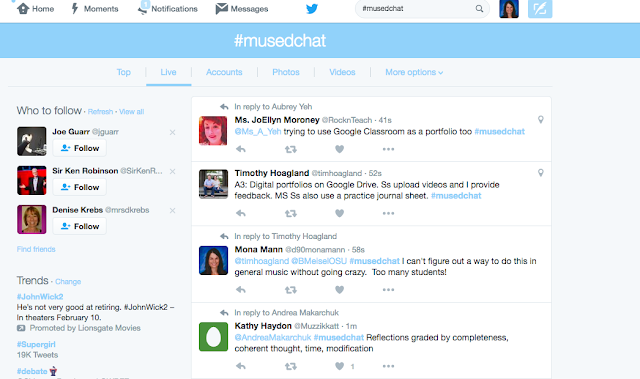I mapped out our day, and explained to Michael that everything we did needed to be recorded with a video or a picture. He was all for it. In fact, I ended up with enough footage of him eating and saying, "YUMMMM!" that I could have made an entire film of the foods he ate. It was easy to take the pictures and videos, but harder to sort them and decide what to keep and what to throw out. We had 20 minutes of dolphin footage alone!
I had been planning for the movie to cover the whole weekend, but there was way too much material, and frankly, it started to get boring. So, I narrowed it to just one day, and tried to create symmetry between the beginning and end, starting with 'Good Morning' and ending with 'Good Night.'
If you would like to see Super Saturday!, click the arrow below!
After going through the film material a number of times, I wrote a script to accompany it. I loaded the pictures and videos into imovie, and tried to speak my script while the movie played. I found this very tricky. I had written a great deal, and I didn't have time to fit the words in without ruining the flow of the movie. So, I began to edit, chopping out sentences until I had a script that was one third of the original. I wanted the script to match the pictures, so I had to lengthen and shorten certain pictures and video within imovie, from 4 seconds to 3 seconds, for example.
I was amazed at how easy it was to use imovie. I didn't do anything especially fancy, but I could fit in transitions, different captions, fade-outs, and titles with no trouble at all. Fifteen years ago, I tried to use the program while student teaching, and the computer in the school computer lab would crash every five minutes! Now, the technology has come so far that I'm able to make the movie from a lightweight wireless laptop with no crashes at all.
I don't know that I would use the technology with my students, because the time we have to make music together is so precious. But, I would definitely use it FOR my students, and in order to promote the music program. It would be a wonderful way to introduce general music at Open House, for example. I also need to make a movie sequel with my older son. He doesn't want to be left out of the family movie archives...
In the highly visual world of today, digital stories seem like an exciting format for kids to share their ideas, in addition to more traditional venues, such as written reports. I look forward to using the program again soon and encapsulating more memories in this format.
